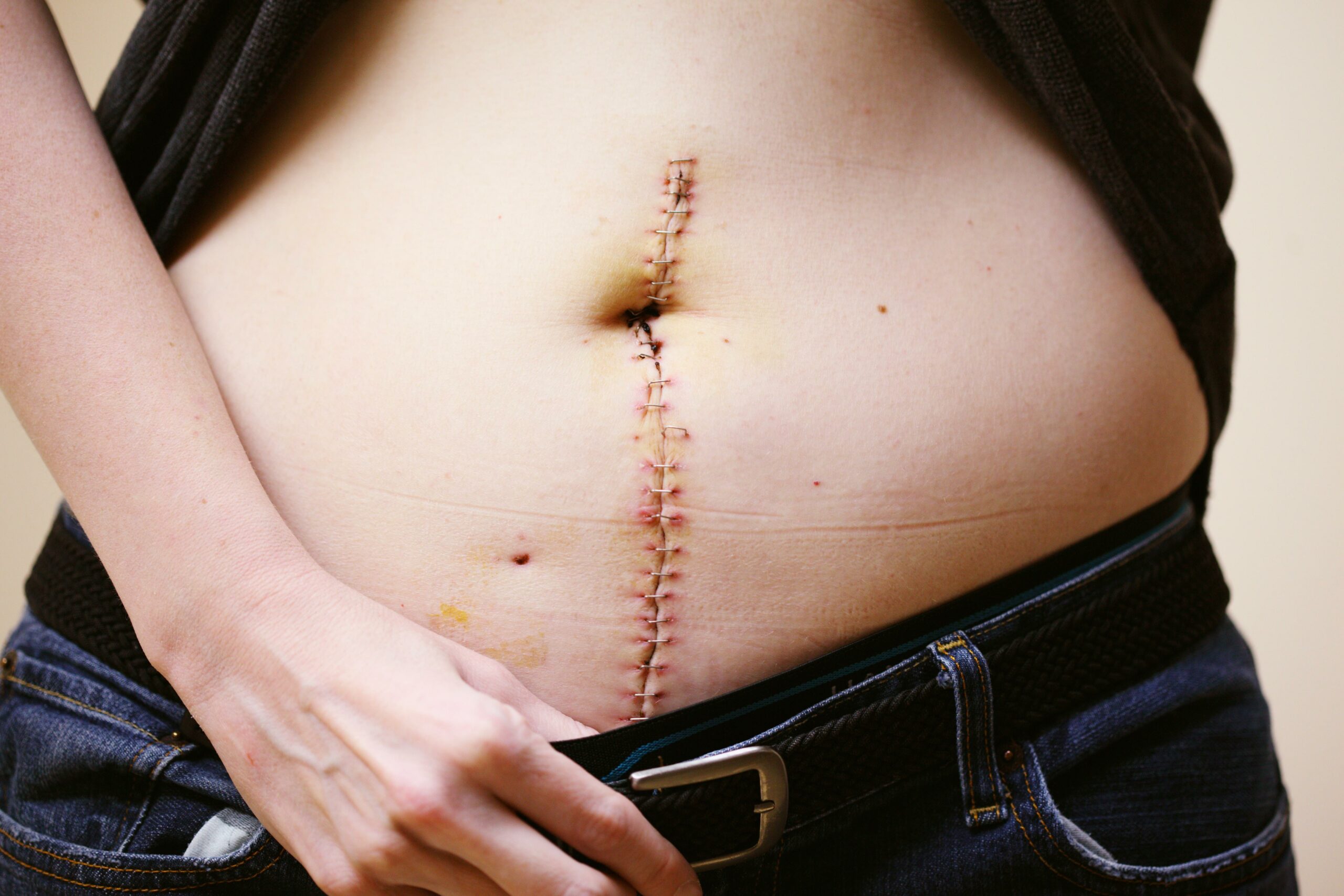Are you familiar with the saying, “old wounds heal, but scars remain”? A scar serves as a reminder of the battles we’ve fought and the resilience we possess. However, what if an old scar suddenly starts to show a vibrant red hue? It’s a mysterious occurrence that has researchers and dermatologists alike scratching their heads. In this article, we delve into the enigma of an old scar turning red and explore the possible reasons behind this intriguing transformation. So, buckle up as we embark on a fascinating journey into the world of dermatology and uncover the secrets behind color changes in scars.

Old Scar Turning Red
When it comes to old scars turning red, there can be a multitude of factors at play. Understanding why this happens is crucial in order to provide appropriate care and treatment. In this article, we will delve into the intriguing phenomenon of an old scar turning red and explore the possible causes behind it. So, let’s dive in and unravel the mystery!
The Complex World of Scar Formation
Scars are a natural part of the healing process after an injury or surgery. They are formed when the body repairs and replaces damaged skin. While scars are often a reminder of the body’s ability to heal, they can sometimes pose cosmetic concerns. One such concern is the unexpected transformation of an old scar, which was once healed and relatively inconspicuous, into a vibrant red hue.
Unveiling the Causes
There are several culprits behind an old scar turning red. One common cause is inflammation. When the body detects a threat, such as an infection or injury, it initiates an inflammatory response. This inflammation can stimulate blood flow to the affected area, leading to increased vascularity and giving the scar a reddish appearance.
Sun exposure is another factor that can contribute to a scar’s reddening. Ultraviolet (UV) rays from the sun can penetrate the skin and trigger inflammation, leading to the dilation of blood vessels and intensifying the scar’s redness. This is why it is imperative to protect scars from sun exposure by applying sunscreen or covering them with clothing.
A Tale of Two Scars: Hypertrophic and Keloid Scarring
Depending on the age of the scar, its redness could signify different things. If the scar is relatively young, less than a few weeks old, its red hue could indicate an ongoing infection. On the other hand, if the scar is old, typically exceeding 3 to 4 weeks, its redness might arise from hypertrophic scarring.
Hypertrophic scars are characterized by excessive collagen production, resulting in raised, thickened scars that can appear red or pink. These scars often go beyond the boundaries of the original wound, but unlike keloid scars, they do not extend far beyond it. Hypertrophic scars can cause itchiness and discomfort, and their redness can persist for a considerable period.
Managing the Redness
If you have an old scar that has turned red and it bothers you, rest assured that there are treatment options available. One common approach involves using silicone gel sheeting or pressure dressings to help flatten and reduce the redness of the scar. Cortisone injections may also be administered to calm the inflammation and diminish the scar’s intense red color.
In some cases, surgery may be considered to excise or revise the scar, especially if it is causing functional impairment or severe cosmetic concerns. Laser treatments can also target the blood vessels underneath the scar, reducing their visibility and effectively minimizing the scar’s redness.
Unlocking the Possibilities of Skincare
If you prefer non-invasive methods, various skincare products and procedures can potentially improve the appearance of an old scar turning red. Chemical exfoliators, creams, masks, and serums containing exfoliating ingredients can help remove the outer layers of dead skin and promote a more even skin tone. These products can be instrumental in reducing the redness associated with old scars.
Additionally, laser treatments can be suitable for less severe cases. These treatments work by targeting specific pigments in the skin, effectively fading the redness associated with scars. However, it’s important to consult with a dermatologist or skincare professional to determine the most appropriate treatment for your specific needs.
The Takeaway
In summary, an old scar turning red can be the result of various factors, including inflammation, sun exposure, and specific types of scarring such as hypertrophic scars. While some redness can naturally fade over time, persistent or bothersome red scars may require medical intervention or cosmetic treatments.
So, if you find yourself questioning the transformation of an old scar into a vivid red mark, remember that there are options available to address this issue. Whether through lifestyle modifications, topical treatments, or more advanced procedures, you can take steps to alleviate the redness and restore your skin’s natural appearance.
As always, it’s essential to consult with a healthcare professional or dermatologist who can provide expert advice tailored to your specific situation. Understanding the reasons behind an old scar turning red is the first step towards finding the most suitable solutions and ultimately feeling more confident in your skin.
If you’re wondering why your old scar is turning red, you’re not alone. Many people experience changes in their scars over time, and it can be concerning. But don’t worry, we’re here to help. Our experts have created a comprehensive guide on why scars turn red and what you can do about it. So if you’re curious to learn more, click here: Why Is My Old Scar Turning Red.
FAQ
Can old scars turn red?
Yes, old scars can turn red. This can be caused by a variety of factors such as inflammation, infection, sun exposure, keloid scarring, and hypertrophic scarring.
What does it mean if an old scar turns red?
If the scar is young, less than a few weeks old, it could signify infection. On the other hand, if the scar is old, more than 3 to 4 weeks old, it could signify hypertrophic scarring.
Why do scars turn red?
Scars turn red due to the blood vessels underneath them. The greater the vascularity or the thinner the scar, the redder it will appear.
Will red scars eventually fade?
Yes, red or purple scars are likely newer scars that are still healing. They may fade over time, but keloids or hypertrophic scars may remain discolored.
What are the treatment options for hypertrophic scars?
Treatment options for hypertrophic scars include silicone gel sheeting, pressure dressings, cortisone injections, surgery, and other treatments. Chemical exfoliators, creams, masks, and serums containing exfoliants can help remove outer layers of dead skin and improve the appearance of old scars. Laser treatments can also be effective.
- Unlock Water’s Symbolism: A Cross-Cultural Exploration - April 20, 2025
- Identify Black and White Snakes: Venomous or Harmless? - April 20, 2025
- Unlocking Potential: Origins High School’s NYC Story - April 20, 2025















